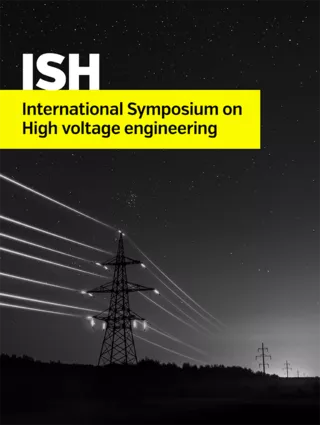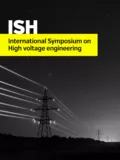Summary
Measurements of the impulse parameters in lightning impulse testing require increasing accuracy as the design of the electrical equipment is improved. Deconvolution can be a useful tool to evaluate the dynamic performance of a measuring system from the step response. Deconvolution is particularly sensitive to the signal noise and its influence should be assessed. Voltage dividers with excellent dynamic performance can now be easily obtained, but often the digitizer is the weak link in the measuring chain. The aim of this paper is to analyse the noises affecting signals recorded by general-purpose digitizers, the step response and the impulse voltage signal, and its role in the deconvolution method. A practical method for deconvolving signals assumes the determination of the impulse response from the derivation of the step response. The electromagnetic noise produced by the step generator feeding the measuring system and the analog-to-digital conversion noises were assessed for some digitizers. The advantage of the use of average or single values for the step response determination is also discussed, as well as the problems caused by high sampling rates on the calculation of the impulse response for digitizers with high level of background noise. Measurements revealed that to obtain high accuracy in the reconstruction of the high voltage signal by deconvolution, the use of filters cannot be avoided. Finally, some examples are presented and practical recommendations are proposed to apply deconvolution in a measuring system, with special attention to the noise introduced by the digitizer.
Additional informations
| Publication type | ISH Collection |
|---|---|
| Reference | ISH2017_100 |
| Publication year | |
| Publisher | ISH |
| File size | 724 KB |
| Pages number | 6 |
| Price for non member | Free |
| Price for member | Free |
Authors
SUDIARTO, HIRSCH, KROTT



